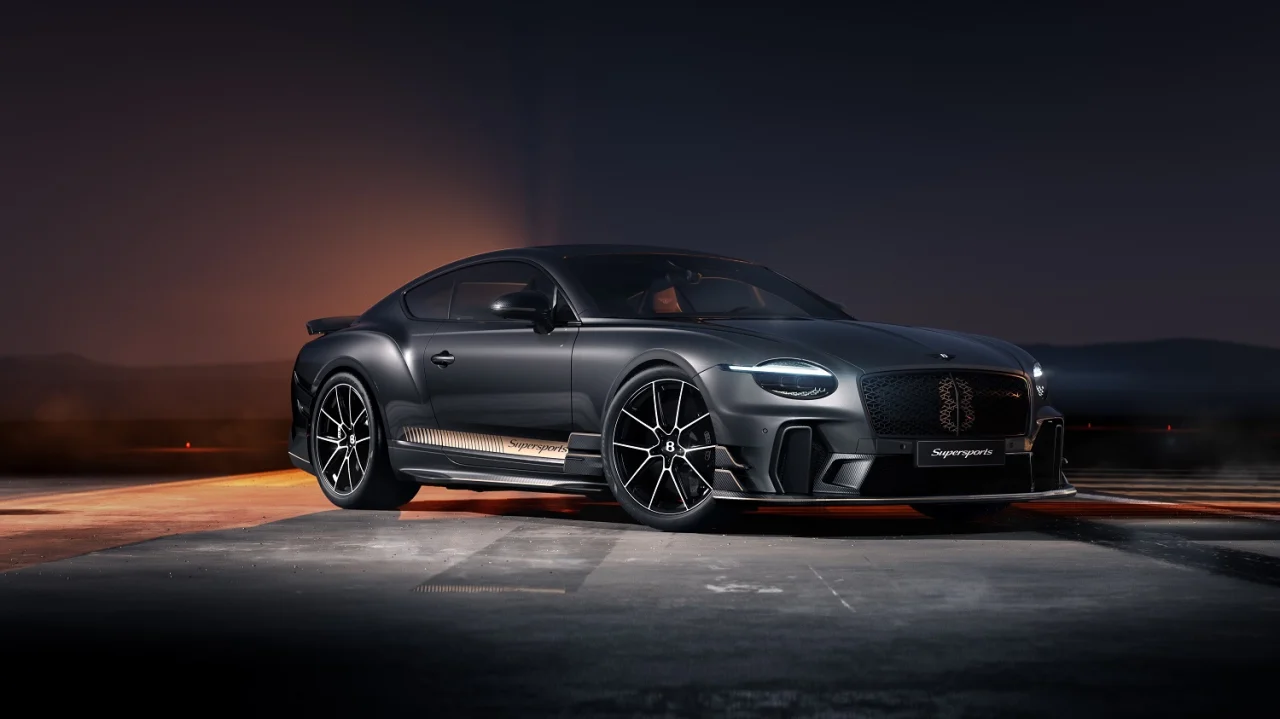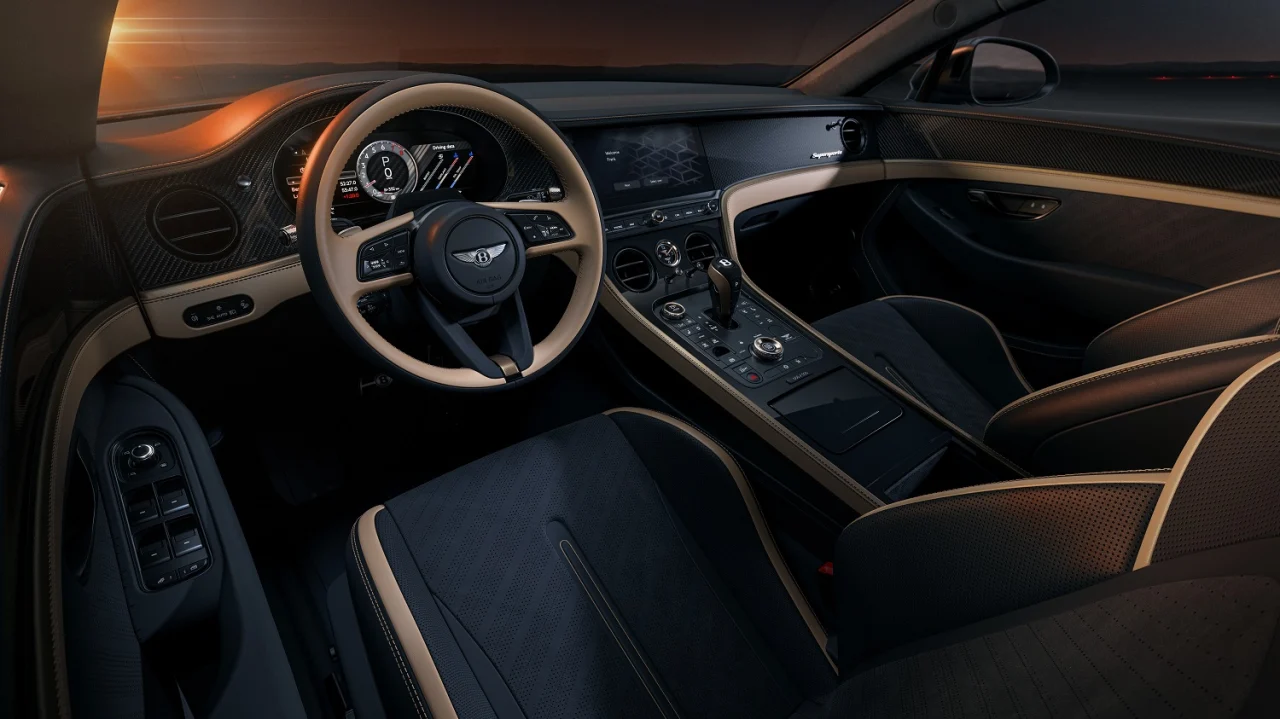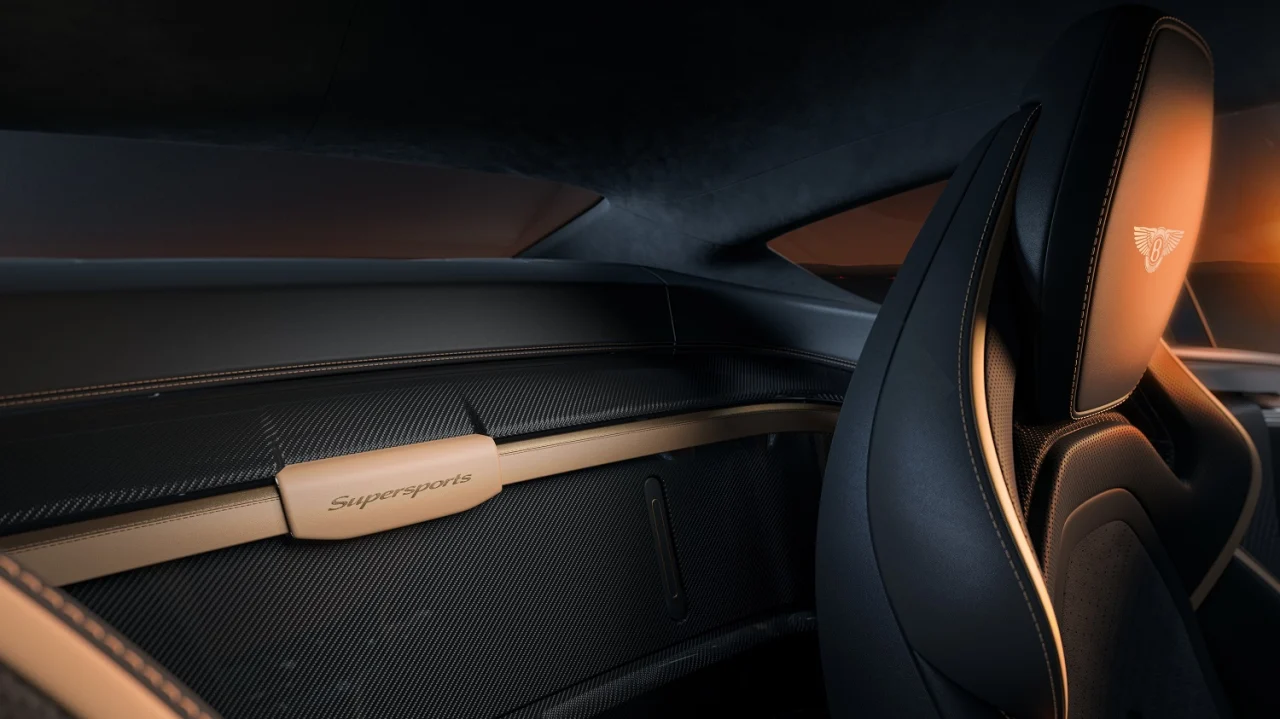The Bentley Continental GT has been around for more than 20 years, offering wealthy buyers the power to quickly cross great distances and the opulence and comfort expected from a British grand tourer. But in that time, there’s never been a Continental GT quite like the 2026 Bentley Supersports.
You may recognize the name. Bentley doesn’t use the Supersports moniker a lot, but when it does, it’s on a high-performance model. Think of it as the Bentley equivalent of Ferrari adding the “GTO” suffix to one of its cars. The first Bentley Supersports was actually the 1925 Super Sports, which was based on the 3 Litre and equipped with a more powerful engine and a shorter and lighter chassis that helped it go over 100 mph – a first for Bentley. The name was streamlined to Supersports for a 204-mph, two-seat version of the 2009 Continental GT. In 2017, Bentley released a new Supersports with a 700-horsepower 6.0-liter twin-turbo W12.

The latest Supersports is based on the fourth-generation Continental GT, but packs some major differences designed to make it lighter, purer, and more engaging. According to the automaker, it’s “nearly half a tonne lighter than the Continental GT, and will weigh less than 2000 kg.” In other words, it weighs 0.55 tons less than its milder sibling and will tip the scales with a number below 4,409 pounds.
What did Bentley cut to shave that kind of bulk? For starters, it deleted the hybrid system found on the regular Continental GT, leaving the twin-turbo 4.0-liter V8 the sole source of the Supersports’ 656 horsepower and 590 lb-ft of torque. That’s connected to an eight-speed dual-clutch auto with upgraded clutches and new shift mapping for more responsive gear changes. While it was adding a lightweight titanium Akrapovič exhaust, Bentley pulled out the front differential and associated hardware, which makes the Supersports the first-ever Continental GT with rear-wheel drive.
Flat out, the Supersports can reach 62 mph in 3.7 seconds and a top speed of 192 mph. A rear electronic limited-slip differential works with rear-wheel steering and torque vectoring to make it more nimble in curves.


Bentley even put the interior on a diet. “Monotone, duo-tone and tri-tone interiors are available, with extensive use of leather, Dinamica and carbon fibre for a performance-focused space,” but none of them have rear seats. Bentley tossed those out and filled the space with carbon fiber and leather.
To make the most of the Supersports’ weight loss, Bentley recalibrated the settings for the steering, suspension, traction management, and Electronic Stability Control, which can be fully on, put in a less restrictive Dynamic Mode, or turned completely off. The Drive Dynamics Controller has three new modes:
- Touring – Like the Continental GT Speed’s Sport mode, but with a higher ride height, softer damping, and a more subdued exhaust note.
- Bentley – An aggressive version of Touring mode that includes more pronounced gearshifts, throttle response, chassis settings, and exhaust sound.
- Sport – Maximum chassis and powertrain performance for all-out driver engagement.

There’s more carbon fiber outside, where Bentley used the lightweight material for the lower front bumper/splitter combo, stacked front dive planes, front fender blades, roof, side skirts, diffuser, and fixed rear spoiler. Bentley co-developed the new 22-inch wheels with Manthey Racing, a name familiar to Porsche enthusiasts. Two tire options are available: Pirelli P Zero and P Zero Trofeo RS, the latter of which helps the Supersports corner approximately 30 percent faster than a Continental GT Speed and pull up to 1.3g of lateral force. Behind those big wheels is what Bentley calls “the largest automotive braking system in the world”: 17.3-inch (440-mm) Carbon-Silicon-Carbide front discs with 10-piston calipers, and 16.1-inch (410-mm) rear discs with four-piston calipers.

According to Bentley, “The launch of the new Supersports will be celebrated with the most dynamic and exciting film in Bentley’s history, which will be revealed with a premiere in Dubai in January.” Dealers will start taking orders for the 500-unit run in March, but production won’t start until Q4 2026; deliveries will begin rolling out in early 2027. We expect many of those will be mothballed in climate-controlled garages for posterity (and the preservation of value), but who knows? Maybe one will pop up at the Arizona Concours d’Elegance or Monterey Car Week.

